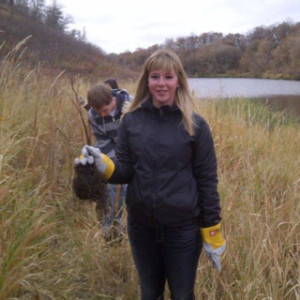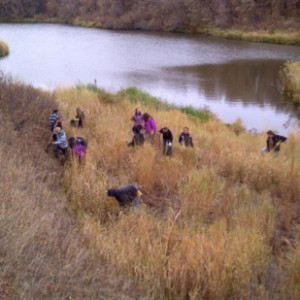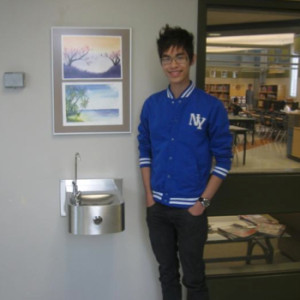2012 Davis, California, USA
Da Vi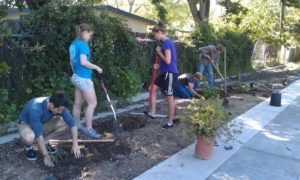 nci High School students Brenna Mockler, Nathan Lefkoff, Juliana Arvin, and Innis McComb placed 4th in the 2012 Caring for Our Watersheds contest for their idea to plant a native pollinator garden on their school campus. Their garden will serve to increase plant diversity on campus, provide habitat and nectar sources for pollinators, as well as create a space where students can learn about California native plants. In their proposal, they also pointed out that by planting native drought-resistant species, they will help to conserve water, support insect and butterfly populations, and beautify their campus. The garden will also be incorporated into the Botany class curriculum at school. This hands-on project has already deepened their knowledge of native plants and pollinator conservation. They hope it will continue to have the same effect on students at Da Vinci in years to come.
nci High School students Brenna Mockler, Nathan Lefkoff, Juliana Arvin, and Innis McComb placed 4th in the 2012 Caring for Our Watersheds contest for their idea to plant a native pollinator garden on their school campus. Their garden will serve to increase plant diversity on campus, provide habitat and nectar sources for pollinators, as well as create a space where students can learn about California native plants. In their proposal, they also pointed out that by planting native drought-resistant species, they will help to conserve water, support insect and butterfly populations, and beautify their campus. The garden will also be incorporated into the Botany class curriculum at school. This hands-on project has already deepened their knowledge of native plants and pollinator conservation. They hope it will continue to have the same effect on students at Da Vinci in years to come.
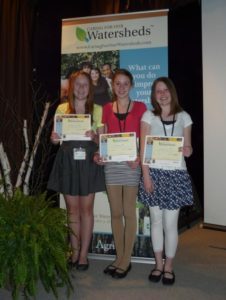
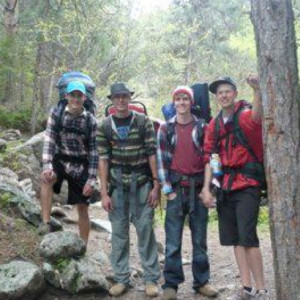
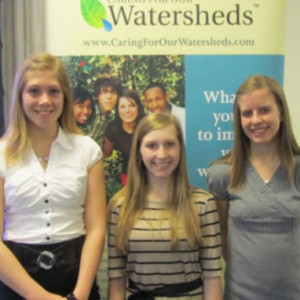
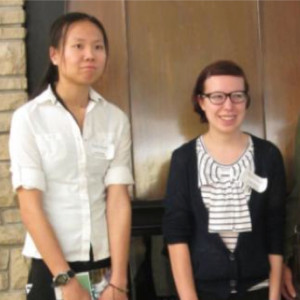



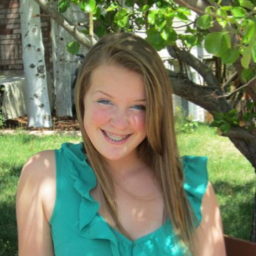 The garden consists of a square foot section of the roof that is covered with plants that will greatly benefit from the rain water that would otherwise be directed into the gutters, and sent into the school parking lots where the water will mix with possible toxins that could potentially be harmful to the watershed. Berthoud High School will serve as the pilot project.
The garden consists of a square foot section of the roof that is covered with plants that will greatly benefit from the rain water that would otherwise be directed into the gutters, and sent into the school parking lots where the water will mix with possible toxins that could potentially be harmful to the watershed. Berthoud High School will serve as the pilot project.